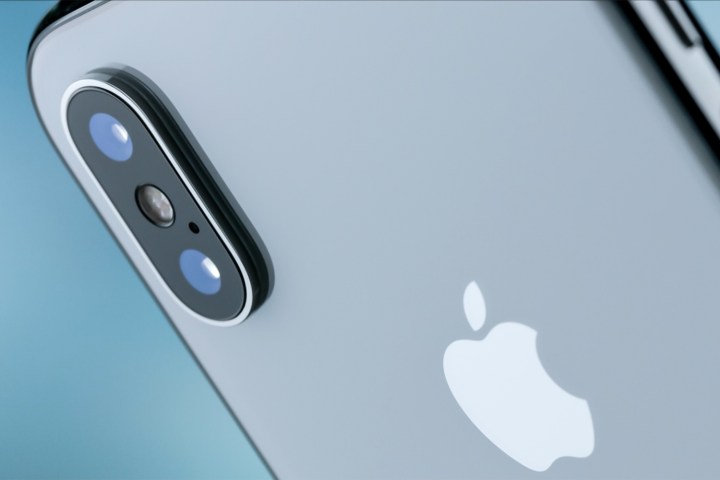
What we like
No more home button

Lately, Apple seems driven to ax features from its products. First went the headphone jack, now the home button. Whereas the removal of the headphone jack was a travesty for anyone who prefers to listen to music on a nice pair of wired headphones — and drew criticism at the time of announcement — it’s doubtful anyone will miss the home button. The iPhone X’s display now runs edge-to-edge, top-to-bottom, and users can return to the home screen with a simple swipe. Although the iPhone X still has buttons on the sides, the removal of the home button is the next step toward a gesture-oriented future for smartphones, and it contributes to the phone’s minimalist appearance.
FaceID could be convenient

The home button didn’t just let you jump to the home screen, however; it also contained a fingerprint sensor for easy unlocking. Apple has decided that fingerprint scanners are old hat, apparently, and the iPhone X instead uses a robust suite of sensors to scan the user’s face, immediately unlocking whenever they look at the phone. Apple claims that FaceID will even adapt to changes in the user’s face, so if you grow a beard or put on a funny hat, your phone should still recognize you. This could theoretically remove even the tiny inconvenience of pressing your thumb to a sensor, although any technical hiccups would be annoying.
True Depth camera system makes for lovely photos

People use their iPhones as much for photography as for calls these days, and Apple has continually upgraded the cameras in its phones for ever more beautiful photographs. The True Depth camera system not only lets you unlock your phone with a glance, but it makes for some nifty social features, too. The advanced front-facing camera allows users to use the new Portrait lighting feature for stunning selfies. In a wacky twist, users can also use the camera system to create “animoji,” emoji you can animate using facial movements, even recording voice messages. Some might say this ruins the elegance of old-fashioned emoji, but the animoji feature at least looks fun.
Longer battery life

All this new hardware under the hood seems like it would require sacrifices, specifically to battery life, but Apple claims that the iPhone X’s battery will actually last two hours longer than the iPhone 7’s. That’s a nice boon, especially paired with the next feature.
Wireless charging

Is there anything worse than fumbling with a cord as you try to plug your phone in while in a moving car, or lugging your bags around an airport, or simply lying in bed in the dark? The iPhone X can eliminate that frustration via Qi wireless charging technology. Apple is even rolling out its own AirPower charging mat, which accommodate the iPhone X, Apple Watch, and AirPods, and is large enough to fit all of them at the same time. That means no more fighting with your friend for control of the one USB cable in the room!
What we don’t like
All-glass display could be fragile?

The iPhone X sports glass on the front and back, and while that contributes to the phone’s sleek aesthetic, it also poses some risks. Will the glass scratch or even shatter if one drops their phone? Will the glass be prone to fingerprints and smudging, a problem exacerbated by the increased focus on swiping and other gestures? These are concerns that have arisen with other glass-screen phones; it may behoove you to get a sturdy case for your iPhone X.
Is FaceID the next step toward a cyberpunk future?

The iPhone X’s face-scanning technology may be a convenient way to unlock your phone, but it also raises some unsettling concerns about privacy. In a world where massive data leaks are commonplace (and protections for consumers scarce), how safe is it to have a detailed, digital scan of your face stored on your phone? Imagine a world where face-scanning becomes commonplace, where it can be used for everything from unlocking your front door to making a withdrawal at an ATM.
What happens if data thieves can then steal your face? Even if hackers never manage to get your face-scan data, one should always be concerned about what corporations like Apple are doing with it. For years now, tech companies have been stretching their tendrils into every facet of consumer’s lives, and handing over biometric data is yet another concession to the growing power of corporations.

